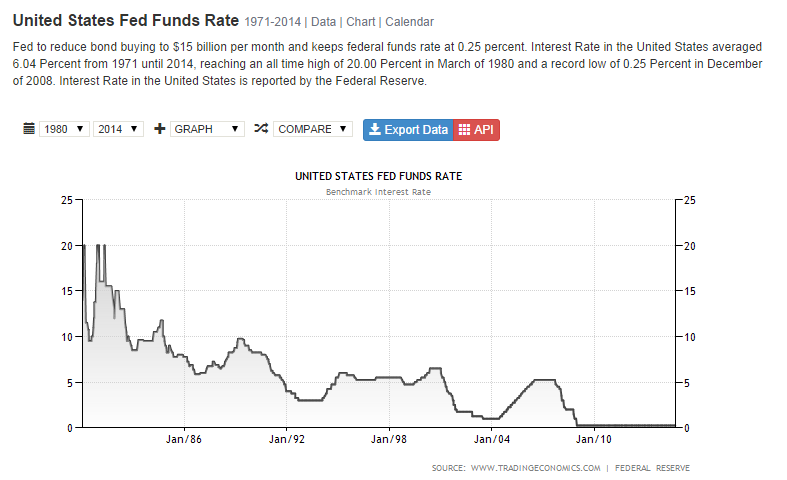Ok, the deal seems to be off. If you look at it, that is possibly the BEST thing that can happen for Sona. The mother shares have been pummelled from 55
sen to be around 44 sen following the proposed deal with Salamander, owing to the sharp falls in oil prices. No deal means back to cash valuation. Why still fall when the deal is off... its good that the deal is off since oil prices has corrected a lot from whence the deal was announced. Now they can skeet new assets with better pricing. Maybe not 55 sen, but should have no issue climbing back to 50 sen.
sen to be around 44 sen following the proposed deal with Salamander, owing to the sharp falls in oil prices. No deal means back to cash valuation. Why still fall when the deal is off... its good that the deal is off since oil prices has corrected a lot from whence the deal was announced. Now they can skeet new assets with better pricing. Maybe not 55 sen, but should have no issue climbing back to 50 sen.
On behalf of Sona Petroleum, CIMB Investment Bank Berhad and RHB Investment Bank Berhad wish to announce that Sona Petroleum had, on 24 November 2014, received a notice from SEBHL and Salamander pursuant to the SPA stating that the boards of directors of Salamander and Ophir Energy Plc (“Ophir”) have reached an agreement on the terms of a recommended acquisition to be made by Ophir and/or a wholly-owned subsidiary of Ophir for the entire issued and to be issued share capital of Salamander via a scheme of arrangement (“Offer”). It is a condition of the Offer that the agreement between Salamander and Sona Petroleum in relation to the Proposed Transaction is terminated. A copy of Salamander’s announcement dated 24 November 2014 (“Announcement”) is attached herein.
Notwithstanding the above and with the receipt of the SC Approval, the Board of Directors of Sona Petroleum (“Sona Board”) remains highly committed to complete its Proposed Transaction. The Sona Board is seeking further advice on the Offer and will engage with Salamander before deciding on the next steps.
The Sona Board will continue to provide updates on any further development as and when they arise.












